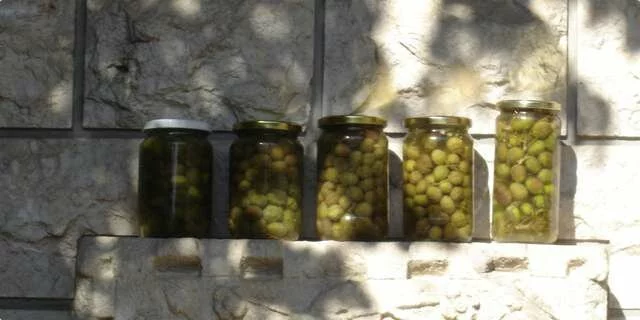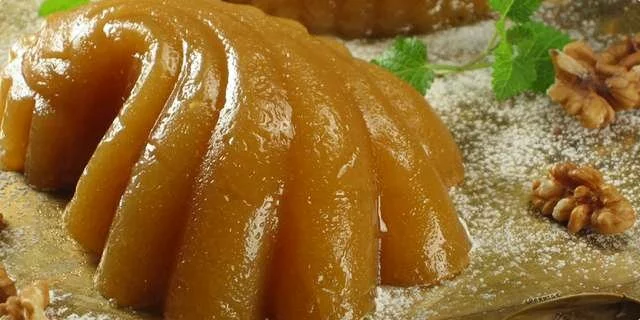Parish beaten olives
This is an indispensable side dish to the appetizer in our family from time immemorial for all the festivities to St. Vlaha… First they were made by my husband's grandmother, then by my mother-in-law, and one day she is waiting for me to continue the family tradition. For TashuNa and everyone else who loves olives!

Preparation steps
- Beat freshly picked olives with a wooden meat mallet, taking care that all nearby walls will be sprayed with black dots if you do not protect them beforehand :), so it is best to do this part of the job somewhere outdoors. The force with which you will peel each olive must not be too great because the olive just has to crack and keep its shape.
- Put the olives in a large pot and pour water so that it covers and covers them. Leave them to rain for 24 hours. The next day, drain the water, wash the olives a little and soak again in clean water. Repeat the procedure for 13 days. This way the olives will release excess oil and become bitter.
- After 13 days, drain the olives and transfer them briefly to another container, taking care to touch them as little as possible with your hands.
- Pleated stems with wild sea buckthorn flowers cut with scissors into sticks 2-3 cm long.
- Boil the amount of water (as much as it took to cover the olives during the 13-day rain) and add salt (albeit to keep the water salty).
- Return the thick layer of olives to the pot in which it rained, sprinkle with sea buckthorn sticks and so on until the top is used up, and there should be olives on top, then pour hot salt water over everything. Cover and leave for 24 hours.
- The next day, fill small jars with a pot or a larger spoon and pour the liquid over them. It is better to keep olives in small jars because they stay firm longer and you can consume them longer.
- After ten days the olives are ready to eat. They are edible as long as they are firm. If you store them in a dark and cool place, they can be eaten after 6 months.
Serving
Serve the olives by draining them of the liquid in which they stand, rinse a little, remove the sea buckthorn sticks, add a little salt if necessary and season with olive oil and thorns. In delight! Here they are in the shade.

